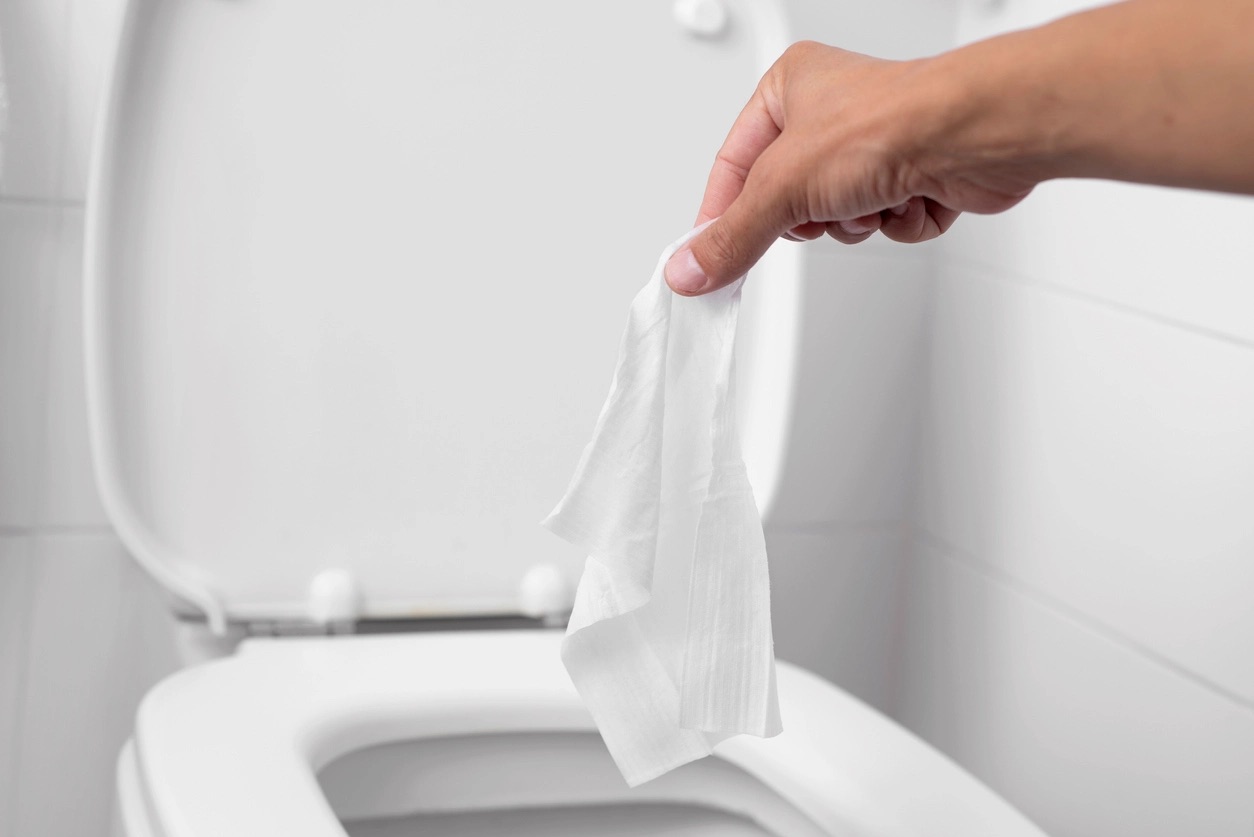

Articles
How To Unclog Paper Towels From Toilet
Modified: May 6, 2024
Learn effective methods for unclogging paper towels from your toilet with step-by-step instructions in this informative article. Keep your plumbing running smoothly with these useful tips!
(Many of the links in this article redirect to a specific reviewed product. Your purchase of these products through affiliate links helps to generate commission for Storables.com, at no extra cost. Learn more)
Introduction
Welcome to our guide on how to unclog paper towels from a toilet. It’s a common occurrence – you accidentally flush a paper towel down the toilet, only to find that it clogs the pipes and disrupts the normal flow of water. While it may seem like a daunting task, unclogging paper towels from a toilet can be done with a few simple steps and the right approach.
Before we dive into the solutions, it’s important to understand why paper towels can cause a clog in your toilet. Unlike toilet paper, which is specifically designed to dissolve in water, paper towels are thicker and more absorbent. This means they don’t break down as easily and can get stuck in the pipes, leading to blockages.
In this guide, we’ll walk you through the process of unclogging paper towels from your toilet, step by step. We’ll also cover some alternative methods and provide tips on how to prevent future clogs. Let’s get started!
Key Takeaways:
- Unclogging paper towels from a toilet requires assessing the severity of the clog, using a plunger and plumbing snake, and implementing alternative methods like hot water and dish soap or a baking soda and vinegar mixture.
- Prevent future clogs by disposing of paper towels properly, educating family members and guests about proper toilet usage, and maintaining regular plumbing system maintenance. Remember, prevention is the best strategy!
Read more: How To Unclog A Toilet
Understanding the Problem
Before we jump into the solutions, it’s important to have a clear understanding of the problem at hand. When paper towels get flushed down the toilet, they can easily become lodged in the pipes. This can lead to a variety of issues, including a slow-draining toilet, a toilet bowl that fills up higher than normal, or even a completely clogged toilet that won’t flush at all.
Unlike toilet paper, which is designed to disintegrate quickly in water, paper towels are designed to be durable and absorbent. This means they can’t break down as easily, making them more likely to cause a clog in your toilet plumbing.
When a paper towel gets stuck in a pipe, it can act like a net, catching other debris and causing a blockage. Over time, this blockage can become more severe, resulting in a complete clog that requires immediate attention.
It’s also worth noting that attempting to flush the toilet multiple times in an effort to dislodge the paper towel can exacerbate the problem. This can push the item further into the pipes, making it even more difficult to remove.
Now that you understand the potential issues caused by flushed paper towels, let’s move on to gathering the necessary materials to tackle the clog.
Gathering Necessary Materials
Before attempting to unclog a toilet that has paper towels stuck in it, it’s important to gather the necessary materials for the job. Having these tools on hand will make the process easier and more efficient.
Here are the materials you’ll need:
- Plunger: A plunger is an essential tool for unclogging toilets. It creates suction that can help dislodge the paper towel and restore normal water flow. Make sure you have a sturdy plunger that fits securely over the drain opening.
- Rubber gloves: Wearing rubber gloves while working on a clogged toilet is important for hygienic reasons. It protects your hands from coming into contact with any potentially unsanitary substances.
- Bucket: Keeping a bucket nearby can be useful for multiple reasons. It can be used to catch any excess water or debris during the unclogging process, or to manually flush the toilet if necessary.
- Old towels or rags: Having some old towels or rags on hand is a good idea in case of any spills or splashes. They can also be used to dry off the toilet bowl or clean up any mess.
- Plumbing snake: If the plunger is not successful in removing the clog, a plumbing snake, also known as a drain auger, may be needed. This tool can reach deeper into the pipes and can help break up and remove stubborn blockages.
- Chemical drain cleaner (optional): If you prefer to use a chemical drain cleaner, make sure to read the instructions carefully. These should be used as a last resort and only if all other methods have failed.
By gathering these materials before starting the unclogging process, you’ll be well-equipped to handle the task at hand. Now that you have everything you need, let’s move on to the precautions you should take before getting started.
Precautions to Take
Before you begin the process of unclogging a toilet with paper towels, it’s important to take some precautions to ensure your safety and prevent any potential damage.
Here are some precautions to keep in mind:
- Wear protective gloves: Always wear rubber gloves when working with a clogged toilet. This will protect your hands from potential bacteria and germs.
- Protect the surrounding area: Lay down old towels or rags around the toilet to catch any spills or splashes. This will help prevent any damage to the floors or surrounding surfaces.
- Avoid using excessive force: While it may be tempting to use brute force to unclog the toilet, it’s important to be gentle and avoid using excessive force. This can potentially cause damage to the toilet bowl or pipes.
- Avoid using chemical drain cleaners excessively: Chemical drain cleaners should only be used as a last resort and in moderation. Overusing these cleaners can damage the pipes and cause more harm than good.
- Be cautious with the plunger: When using a plunger, ensure that it is securely sealed over the drain opening to create a proper suction. Also, avoid plunging too forcefully to prevent any splashing or mess.
- Use a plumbing snake with caution: If you decide to use a plumbing snake, make sure to carefully insert and maneuver it, following the instructions provided. Using excessive force can damage the plumbing system.
- Do not flush repeatedly: Avoid repeatedly flushing the toilet in an attempt to dislodge the paper towel. This can worsen the situation and push the clog further down the pipes.
By taking these precautions, you can ensure your safety and prevent any unnecessary damage to your toilet and plumbing system. Now that you’re aware of the precautions, let’s move on to the step-by-step guide to unclogging paper towels from the toilet.
Use a plunger to try and dislodge the paper towels from the toilet. If that doesn’t work, try using a toilet auger to break up and remove the clog. Avoid using harsh chemicals as they can damage your plumbing.
Step-by-Step Guide to Unclogging Paper Towels from the Toilet
Unclogging a toilet that has paper towels stuck in it can be a relatively simple process if you follow the right steps. Here is a step-by-step guide to help you through the process:
- Assess the situation: Before taking any action, take a moment to assess the severity of the clog. Determine if the water is slowly draining, if the toilet bowl is filled to a higher level than usual, or if it’s completely blocked.
- Put on your protective gloves: Before you begin, make sure to put on a pair of rubber gloves to protect your hands from any potential germs or bacteria.
- Remove any excess water: If the toilet bowl is filled with excess water, use a bucket to carefully remove some of it. Be cautious not to spill any water on the floor.
- Use a plunger: Start by using a plunger to try and dislodge the paper towel. Place the plunger over the drain opening, ensuring a tight seal. Plunge up and down vigorously for about 15-20 seconds.
- Check for improvement: After plunging, check to see if there is any improvement in the water flow. If the toilet is still clogged, move on to the next step.
- Try using a plumbing snake: If the plunger doesn’t work, it’s time to use a plumbing snake. Insert the snake into the toilet opening and carefully push it down the drain. Rotate the snake if necessary to help break up the paper towel. Continue pushing and rotating the snake until you feel the blockage has been loosened.
- Flush with hot water: Once you’re confident that the blockage has been cleared, carefully pour hot water into the toilet bowl. This can help flush away any remaining debris and ensure the toilet is clear.
- Test the toilet: Finally, flush the toilet to ensure that the paper towel has been successfully unclogged. If the water flows freely and the toilet flushes as normal, congratulations! You’ve successfully unclogged the toilet.
- Clean up and dispose of materials: Clean up any mess or spills using old towels or rags. Dispose of the paper towels properly, and wash your hands thoroughly with soap and water.
Remember, if you’re unsure about the process or if the clog persists, it’s always a good idea to seek professional help from a plumber. They have the expertise and tools to handle more complex clogs.
Now that you’ve learned the step-by-step guide, let’s explore some alternative methods that could help unclog the toilet.
Read more: How To Unclog A Toilet With A Plunger
Alternative Methods
If the plunger and plumbing snake methods haven’t worked or if you prefer to try alternative solutions, there are a few other methods you can consider to unclog a toilet with paper towels.
- Hot water and dish soap: Boil a pot of hot water and add a generous amount of dish soap to it. Carefully pour the mixture into the toilet bowl, allowing it to sit for a few minutes. The hot water and soap can help break down the paper towel and loosen the clog. Afterward, try flushing the toilet to see if the clog has cleared.
- Baking soda and vinegar: Mix about one cup of baking soda with one cup of vinegar and pour it into the toilet bowl. Let it sit for a few hours or overnight. The chemical reaction between the baking soda and vinegar can help break down the paper towel. After letting it sit, flush the toilet to check if the clog has been resolved.
- Wet/dry vacuum: If you have access to a wet/dry vacuum, you can try using it to remove the paper towel from the toilet. Use the vacuum to create suction and carefully try to extract the towel from the drain.
- Plumbing auger: If you have access to a plumbing auger, also known as a toilet auger, you can use it to break up and remove the paper towel. Follow the instructions provided with the auger to insert it into the toilet drain and rotate it to clear the clog.
Remember to use caution and follow the instructions properly when using these alternative methods. If none of these methods work, it’s best to seek help from a professional plumber to avoid causing further damage to the toilet or plumbing system.
Now that we’ve covered alternative methods, let’s move on to the final section – preventing future clogs.
Preventing Future Clogs
Dealing with a clogged toilet is never fun, but there are steps you can take to prevent future clogs, specifically those caused by paper towels. Here are some tips to help you keep your toilet running smoothly:
- Dispose of paper towels properly: Always remember that paper towels should never be flushed down the toilet. Dispose of them in a wastebasket or trash bin instead. Make sure to communicate this rule to everyone in your household to prevent accidental flushing.
- Use toilet paper sparingly: While toilet paper is designed to dissolve easily in water, using excessive amounts can still lead to clogs. Use toilet paper conservatively and avoid overloading the toilet bowl with too much paper at once.
- Install a waste bin near the toilet: To make it convenient for everyone to dispose of paper towels and other non-flushable items, place a wastebasket next to the toilet. This will serve as a reminder to dispose of items properly.
- Educate family members and guests: Teach your family members and guests about proper toilet usage and the importance of not flushing anything other than toilet paper. Promote good habits and discourage flushing paper towels, wipes, or any other non-flushable materials.
- Regular maintenance: Consider implementing a regular maintenance routine for your plumbing system. This can include using an enzyme-based drain cleaner periodically to maintain clear and free-flowing pipes.
- Sanitary product disposal: If feminine hygiene products are being flushed down the toilet, it’s important to educate the users about the proper disposal methods. Provide bins in the bathroom designated specifically for these items.
By following these preventative measures, you can significantly reduce the chances of future clogs caused by paper towels or other non-flushable items. Remember, prevention is always the best strategy.
With these tips in mind, you now have a comprehensive guide on how to unclog paper towels from a toilet, as well as how to prevent future clogs. Remember to exercise caution throughout the process and seek professional help if needed. Happy unclogging!
Conclusion
Dealing with a clogged toilet due to paper towels can be a frustrating experience, but with the right knowledge and approach, it can be resolved effectively. Throughout this guide, we have provided you with a step-by-step process on how to unclog paper towels from a toilet, along with alternative methods and preventative measures to avoid future clogs.
Remember to gather the necessary materials, such as a plunger, rubber gloves, and a bucket, before attempting to unclog the toilet. Take precautions to protect yourself and the surrounding area, and be mindful of using excessive force or chemical drain cleaners.
The step-by-step guide has walked you through assessing the severity of the clog, using a plunger and plumbing snake, and ultimately restoring proper water flow. We have also discussed alternative methods, such as using hot water and dish soap or a baking soda and vinegar mixture, as well as utilizing a wet/dry vacuum or plumbing auger.
Moreover, we emphasized the importance of preventing future clogs by disposing of paper towels properly and using toilet paper conservatively. Educating family members and guests about proper toilet usage, installing a waste bin near the toilet, and maintaining regular plumbing system maintenance can also go a long way in preventing clogs.
By following the steps outlined in this guide and implementing preventive measures, you can minimize the occurrence of clogs caused by paper towels and keep your toilet functioning smoothly.
Should you encounter a persistent or complex clog, don’t hesitate to seek professional assistance from a plumber who has the expertise and tools to handle the situation effectively.
We hope this guide has been helpful in addressing your concerns about unclogging paper towels from a toilet. Now, armed with this knowledge, you can confidently tackle any future toilet clogs and maintain the proper functioning of your plumbing system.
Remember, a little bit of prevention and proper disposal can go a long way in keeping your toilets clog-free. Happy flushing!
Now that you've tackled removing paper towels from your toilet, there may be other challenges ahead. For instance, if you're facing a stubborn blockage that won't budge, don't fret—help is right here. Our detailed guide on dealing with toilet clogs provides practical, easy-to-follow tips that will restore your bathroom to working order in no time. So, whether your plumbing woes are big or small, we've got the insights you need to keep things flowing smoothly.
Frequently Asked Questions about How To Unclog Paper Towels From Toilet
Was this page helpful?
At Storables.com, we guarantee accurate and reliable information. Our content, validated by Expert Board Contributors, is crafted following stringent Editorial Policies. We're committed to providing you with well-researched, expert-backed insights for all your informational needs.
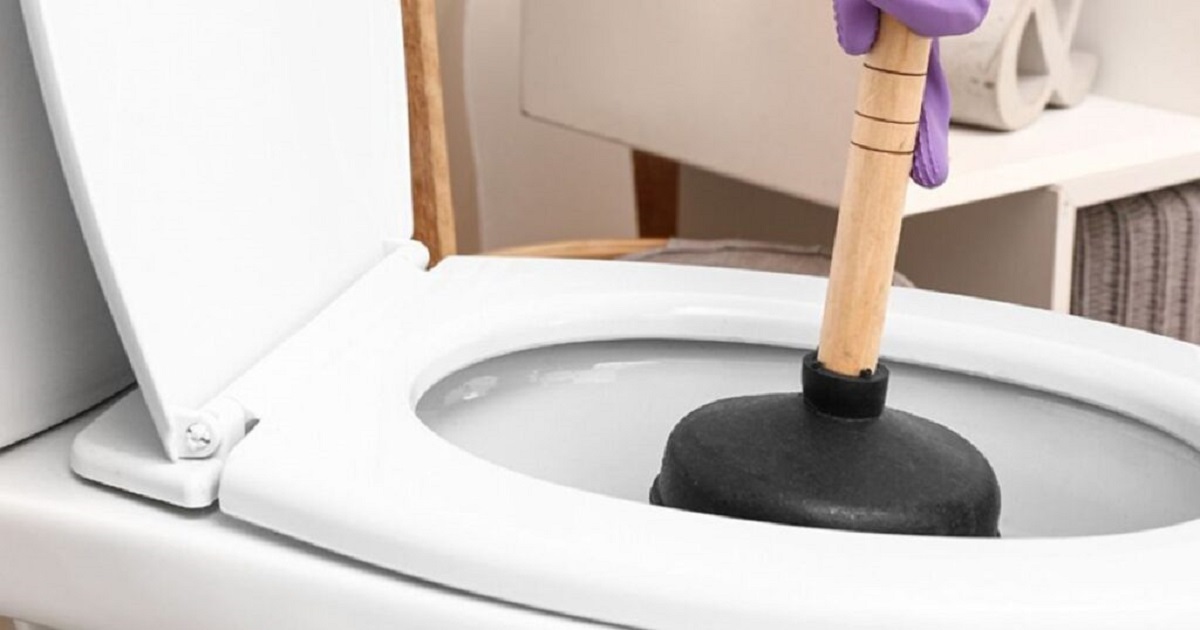
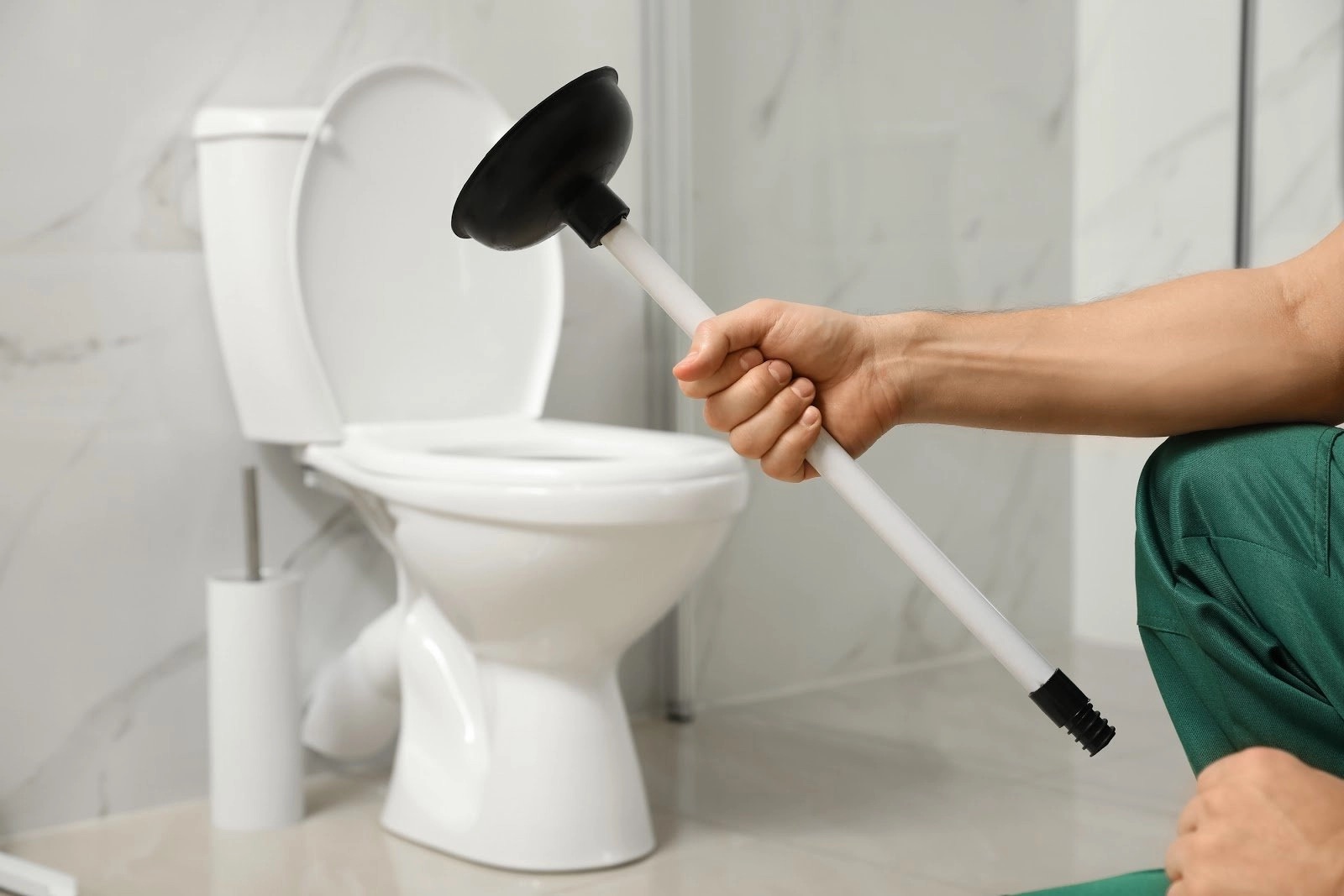
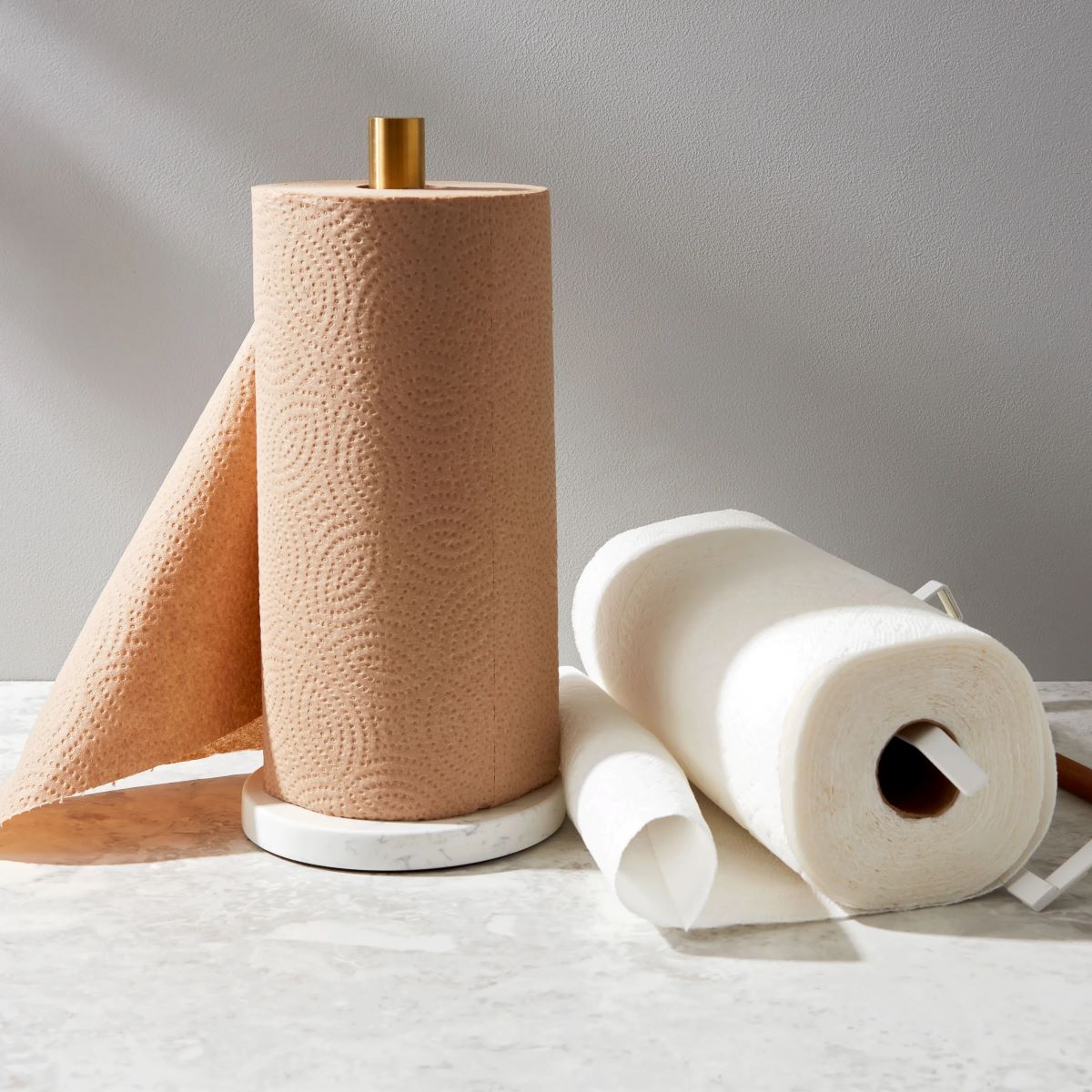
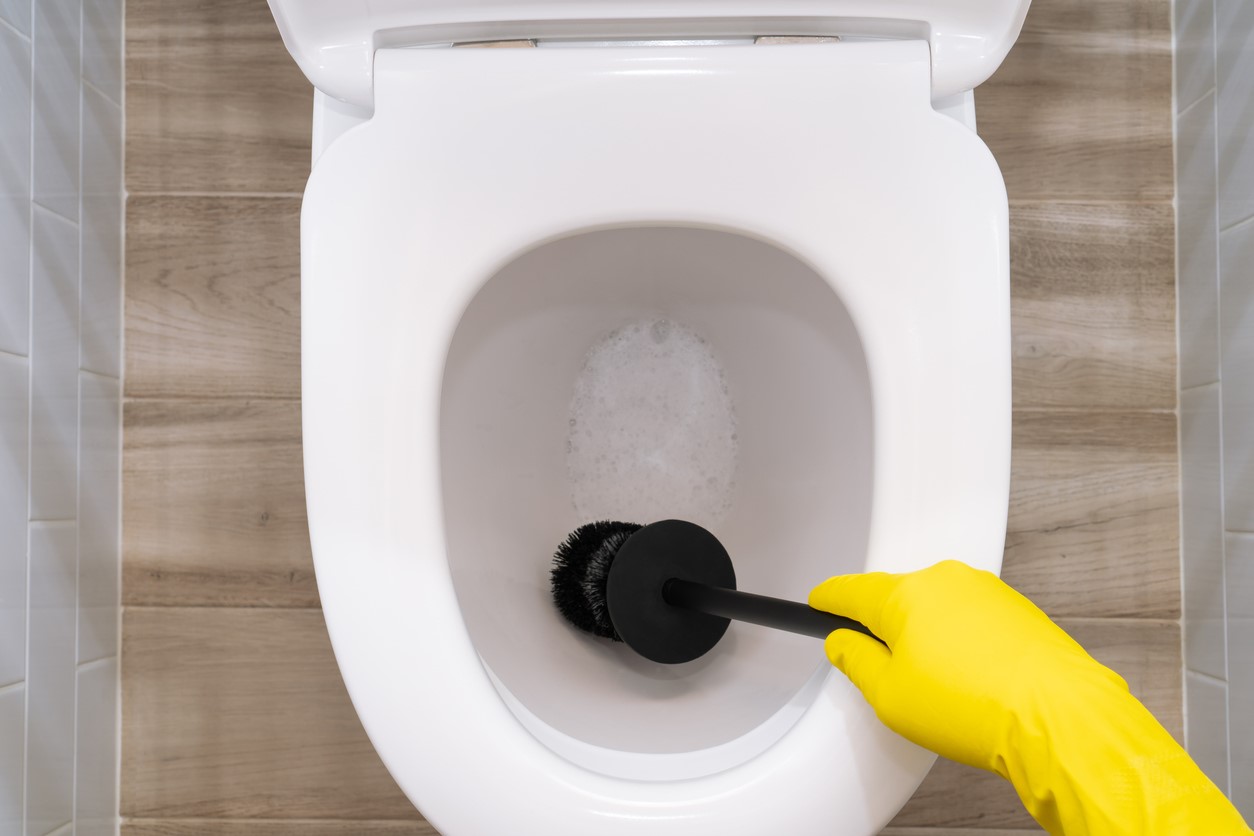
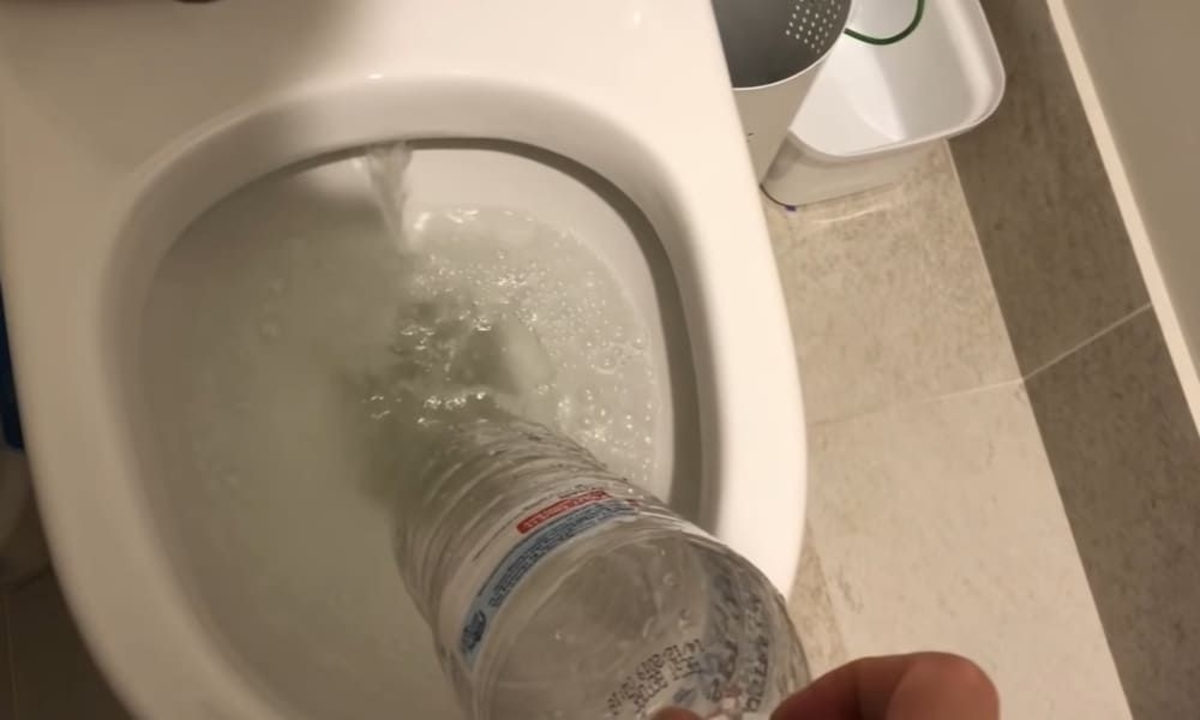
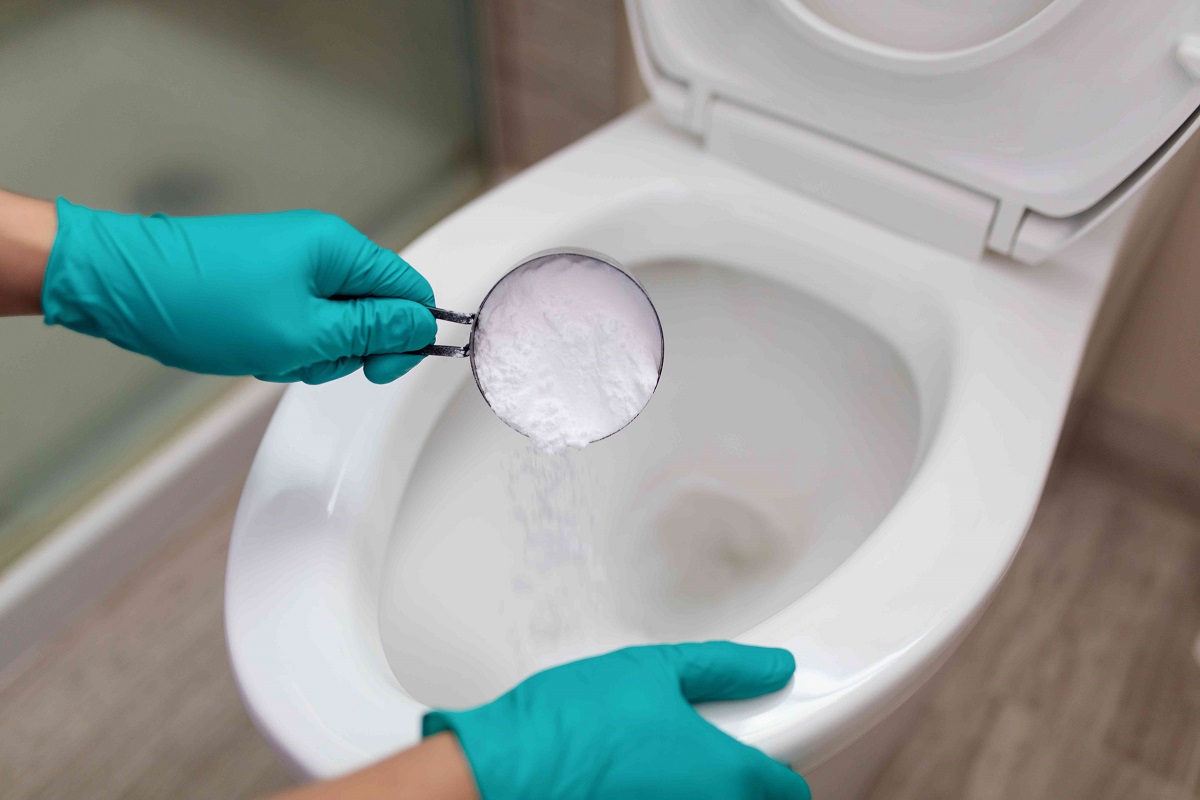
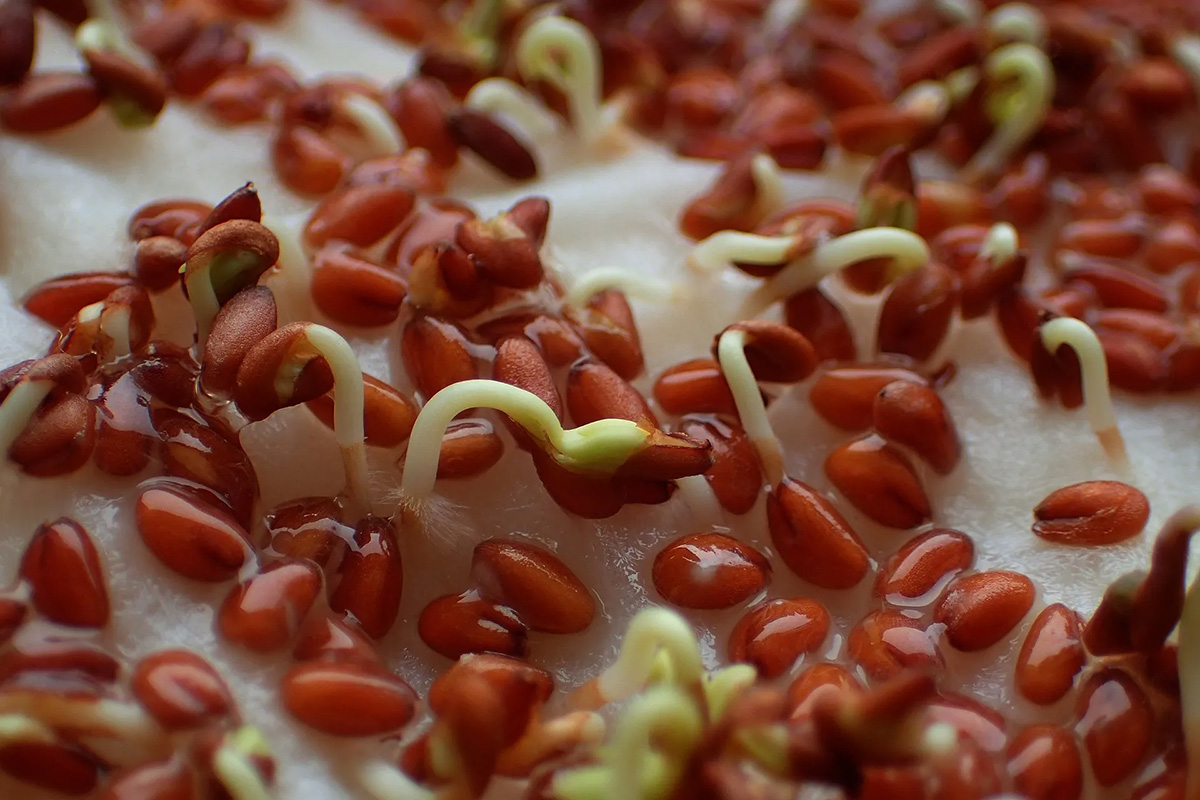
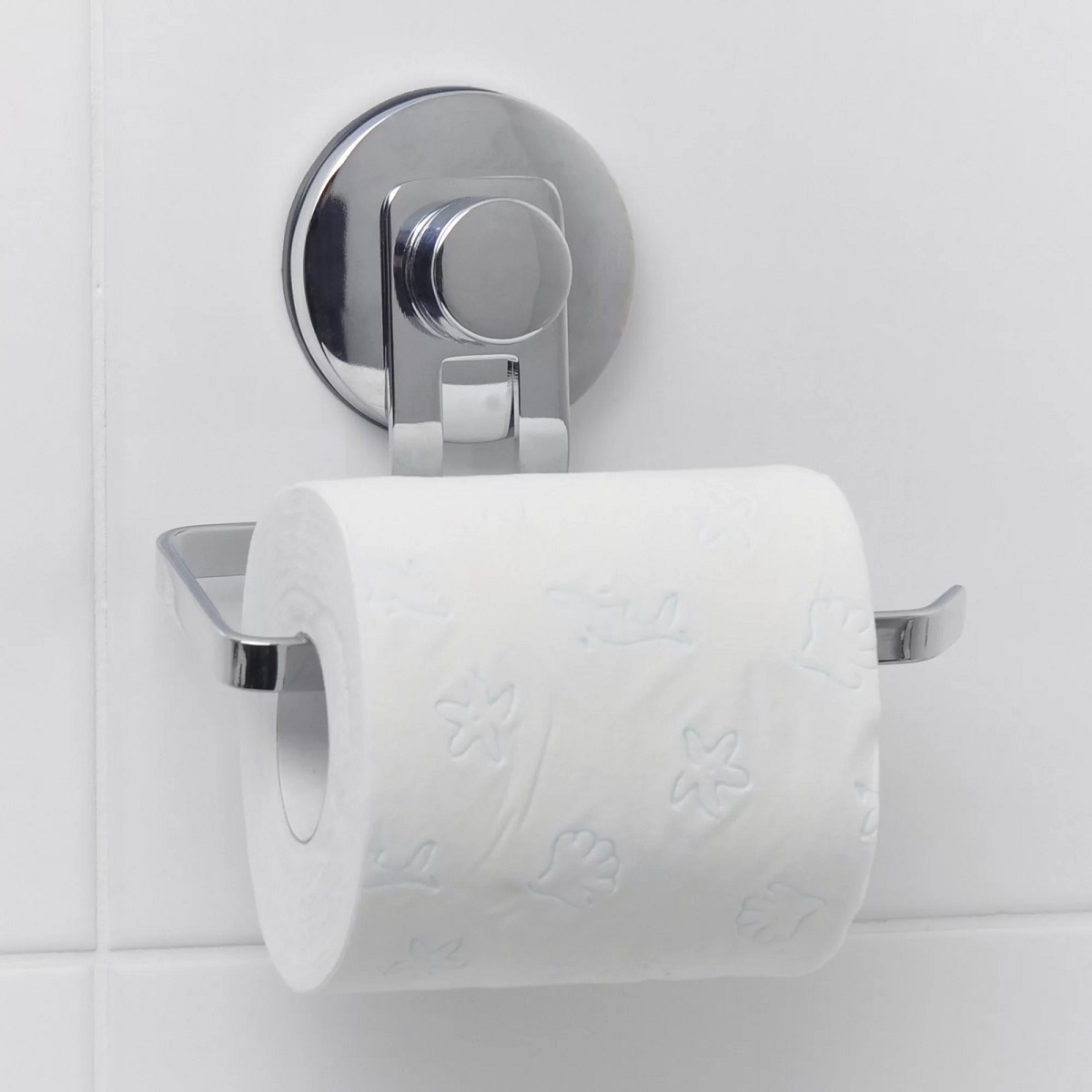
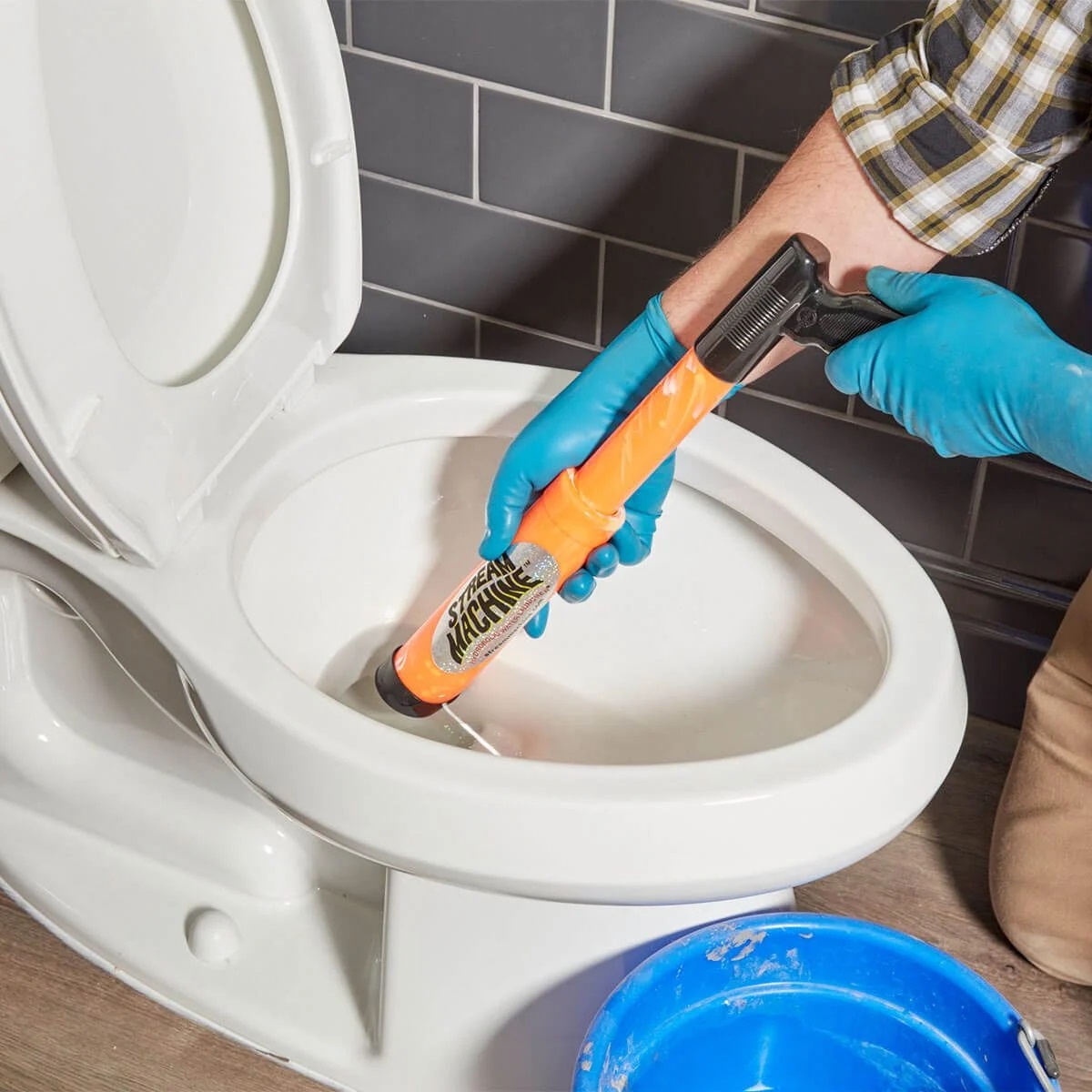
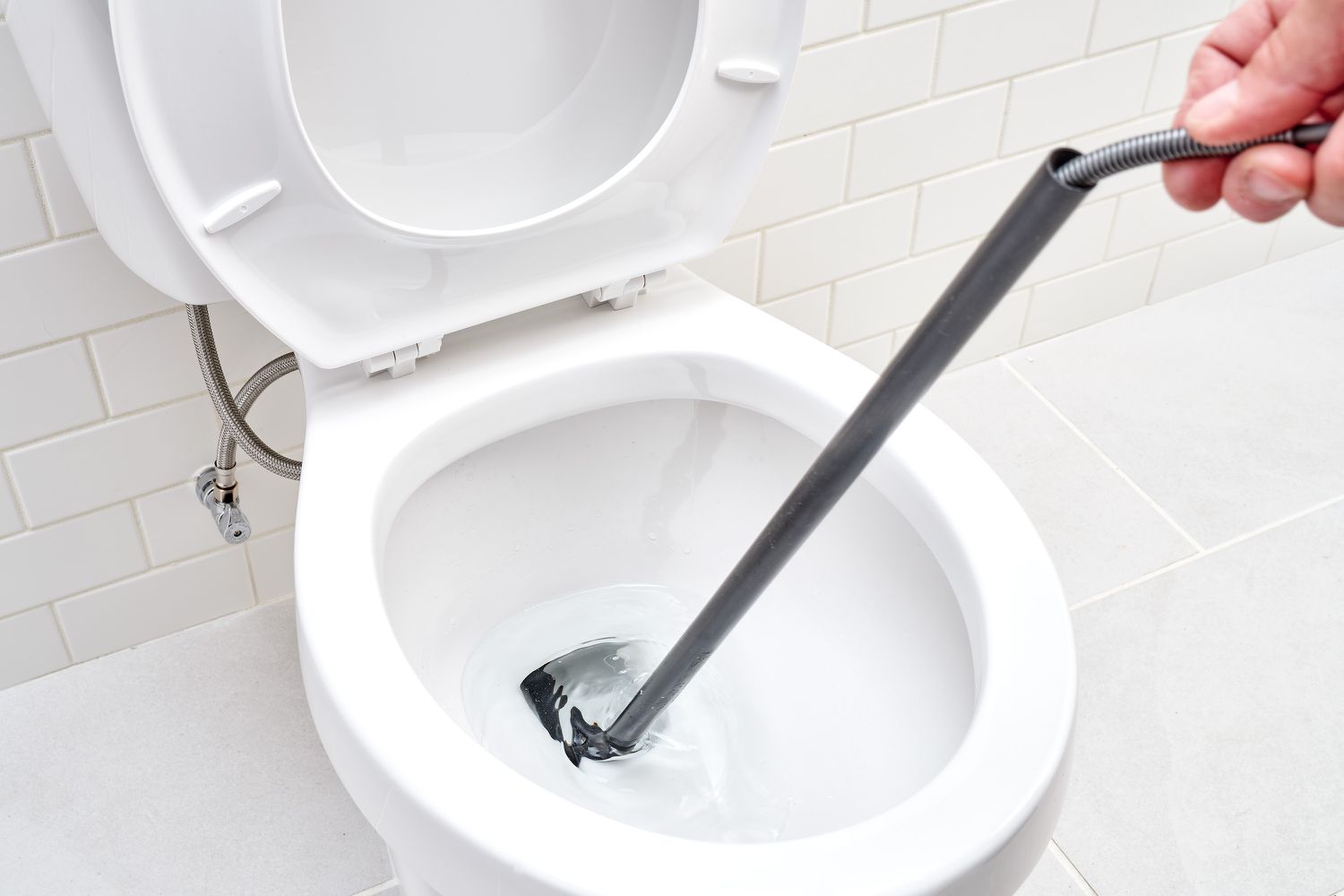
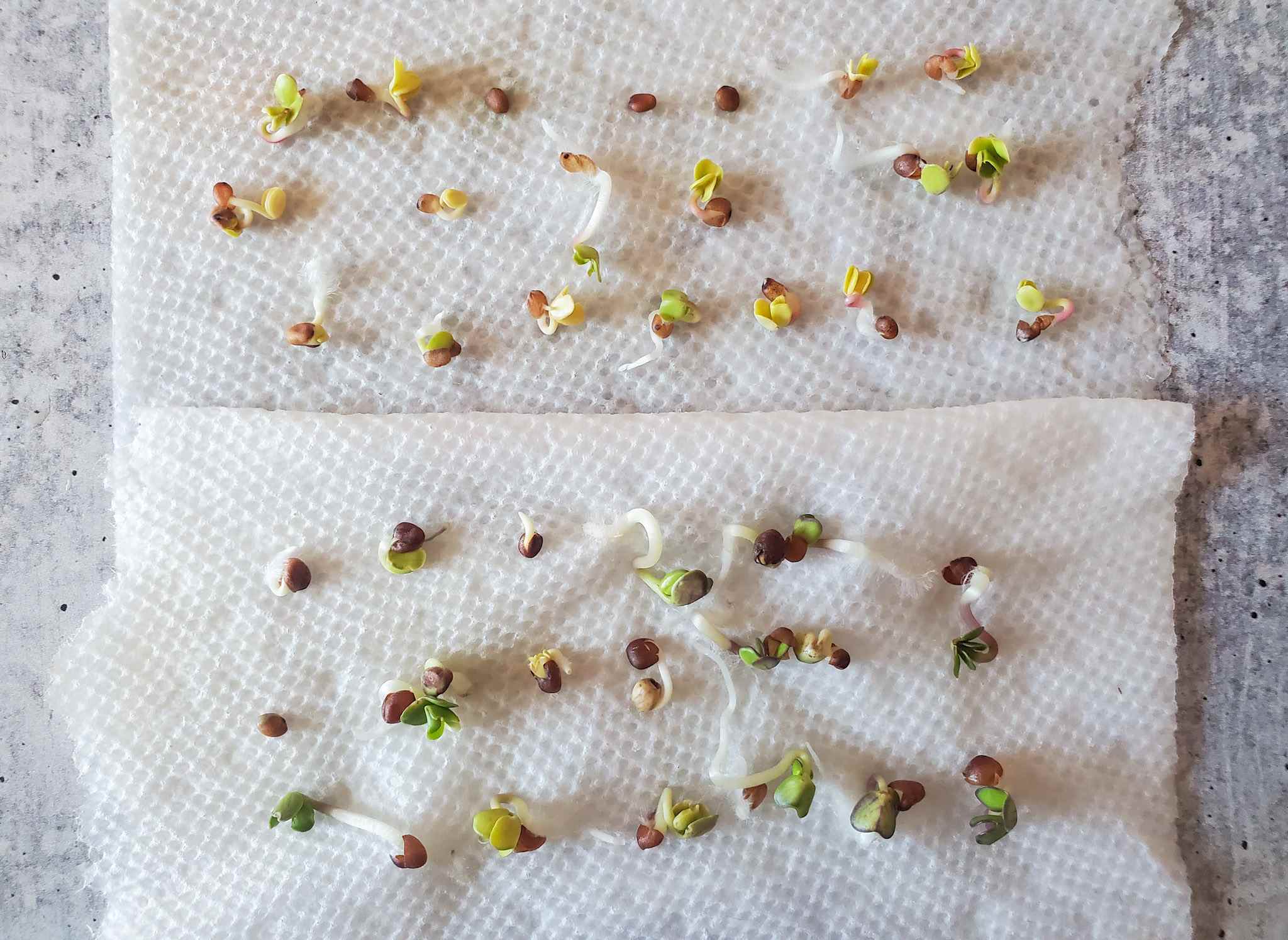
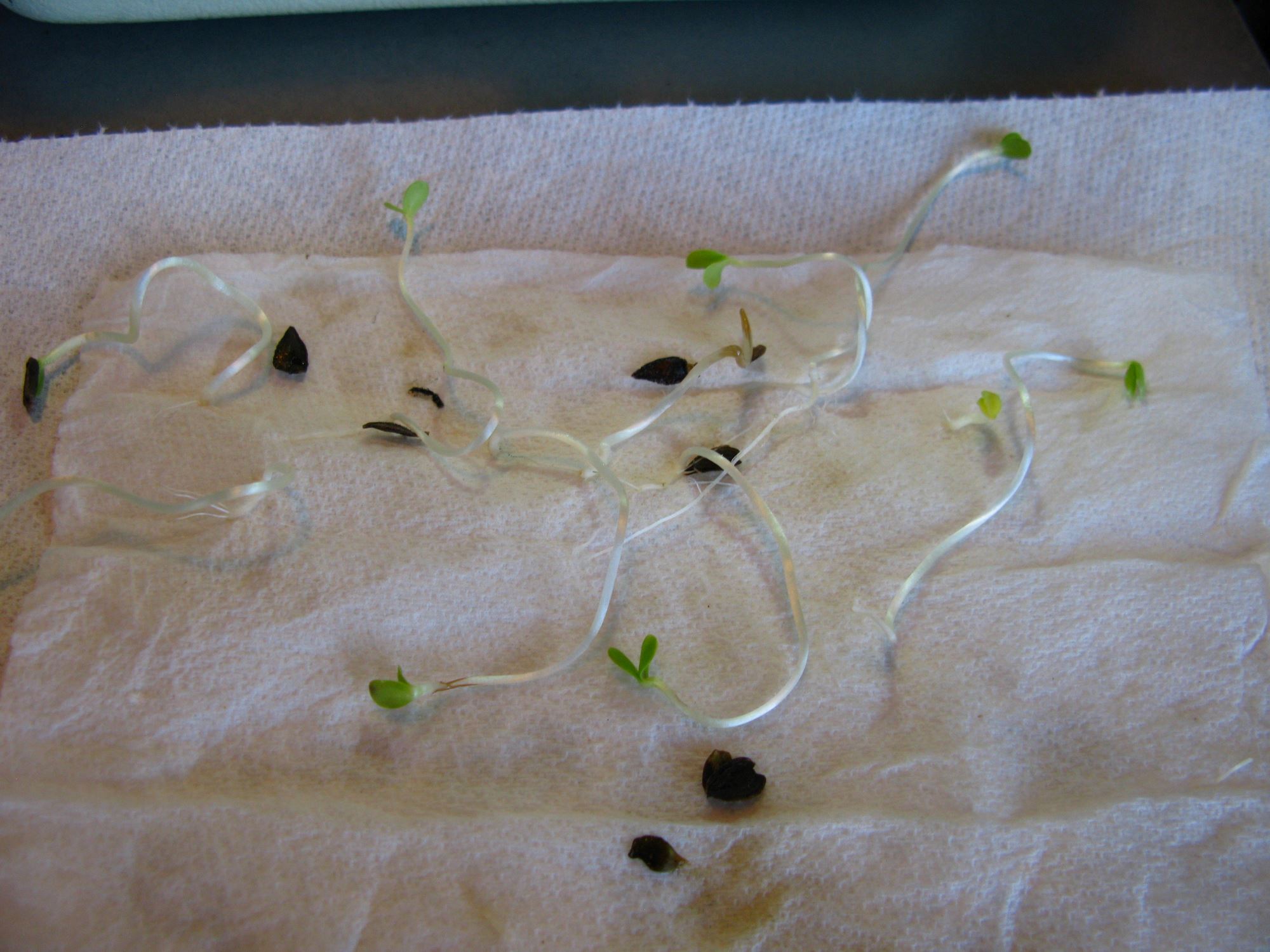
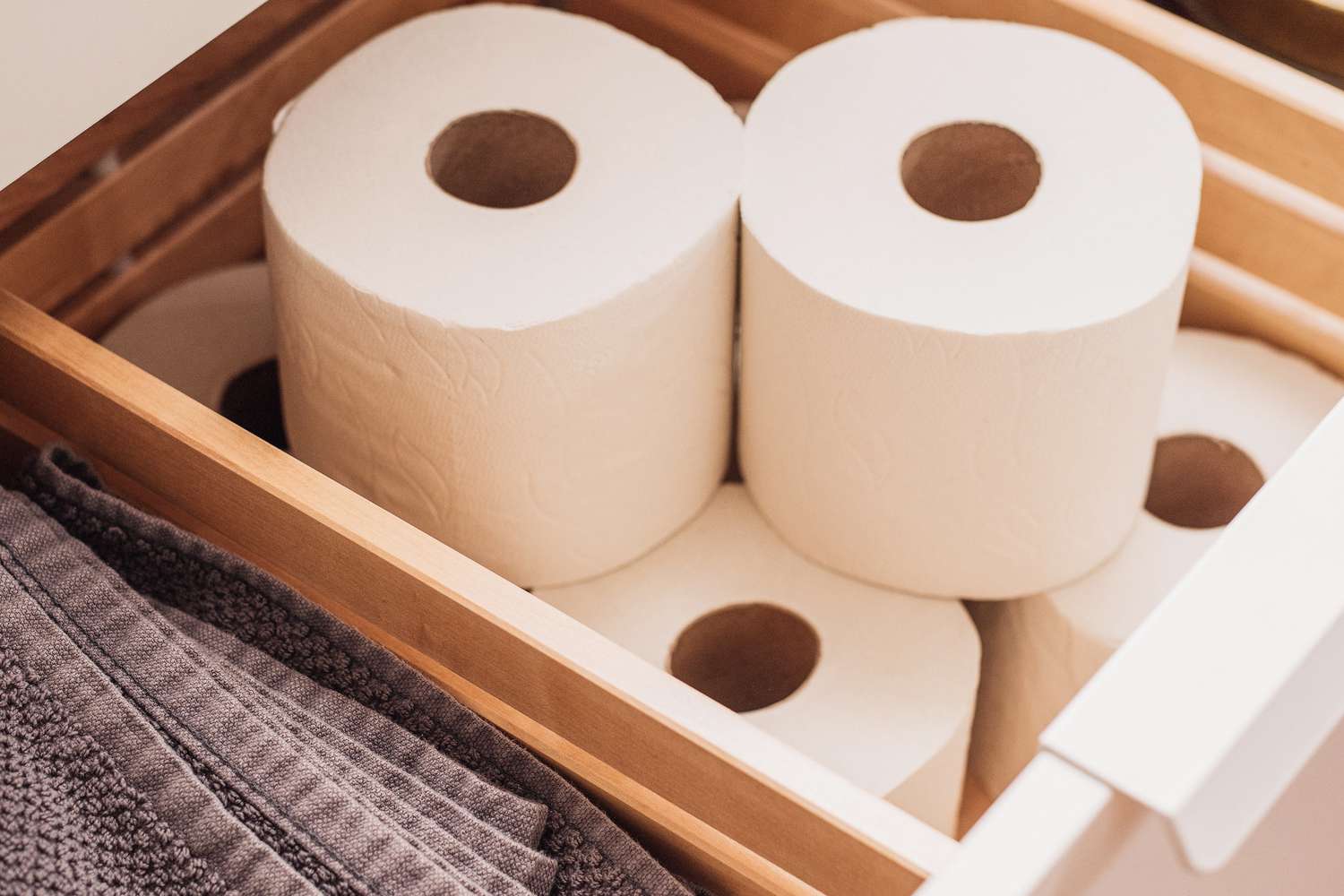
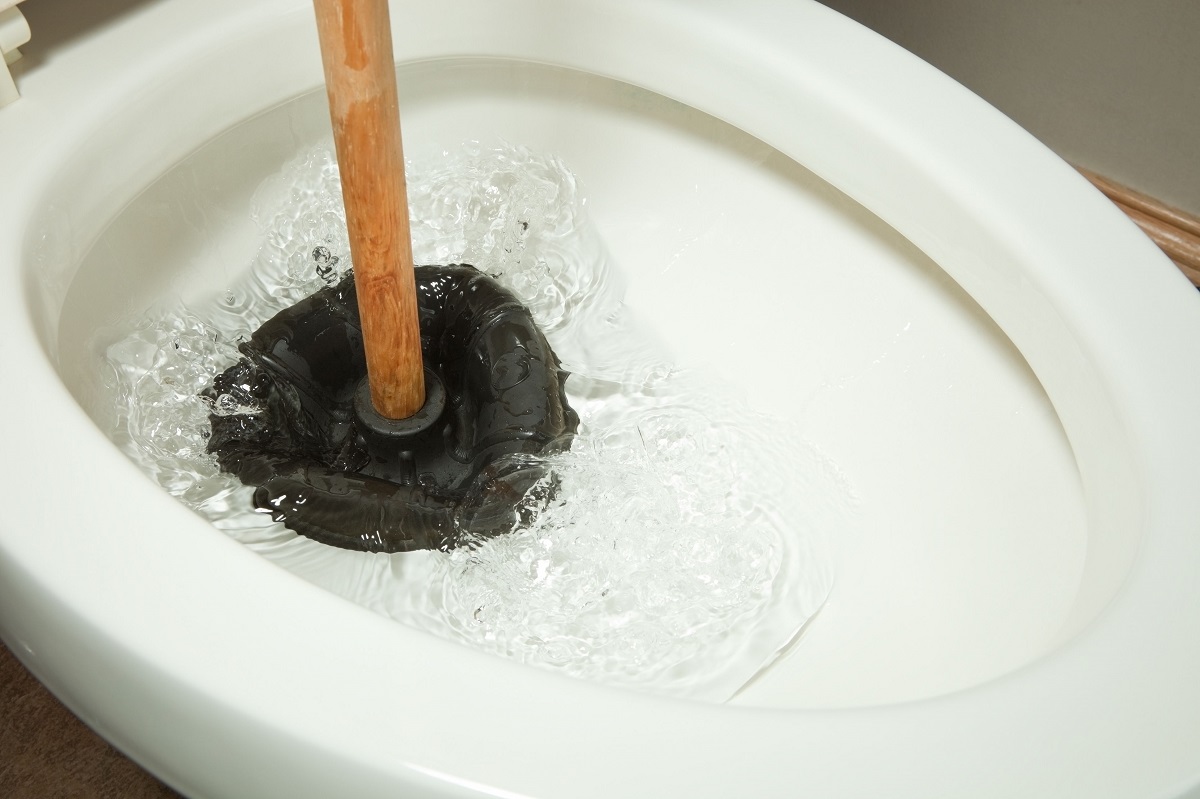

0 thoughts on “How To Unclog Paper Towels From Toilet”